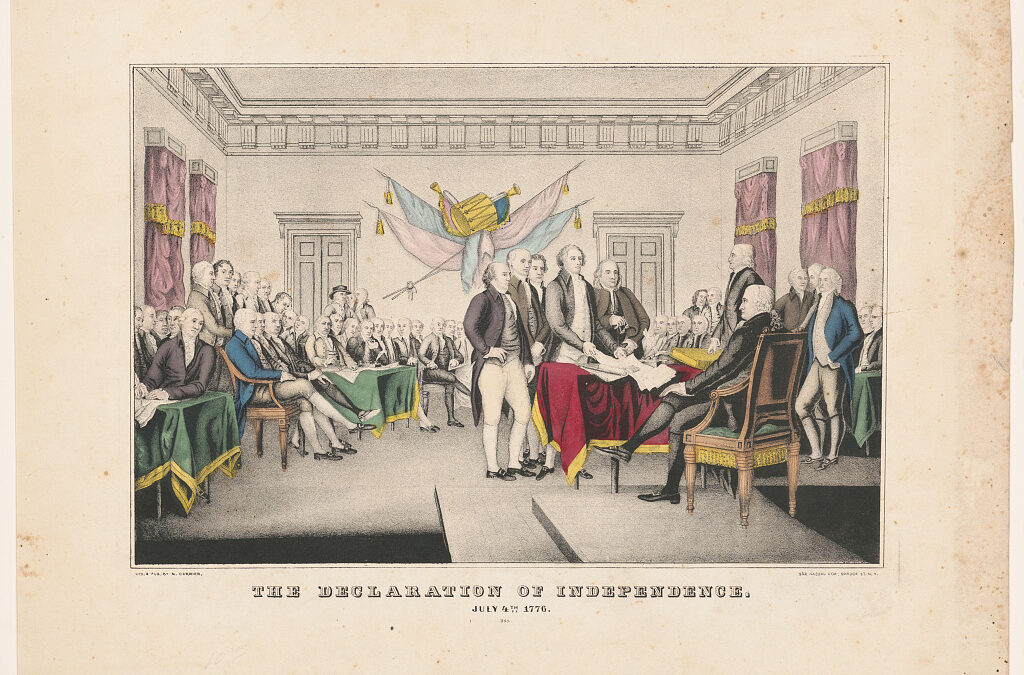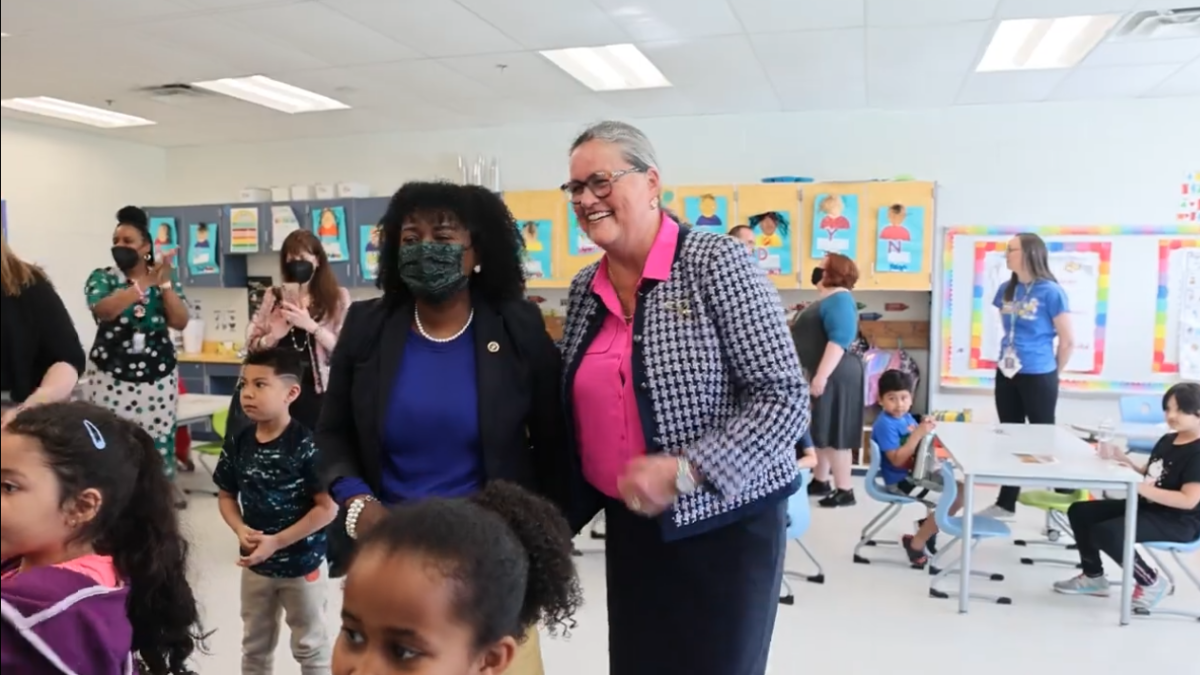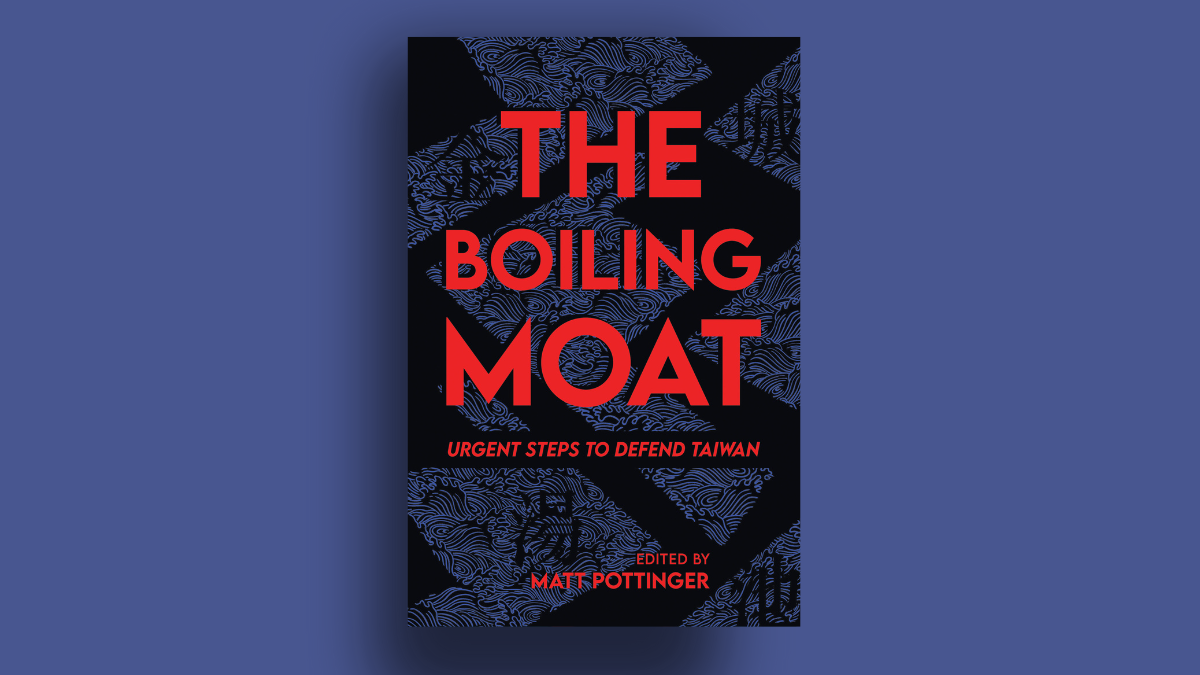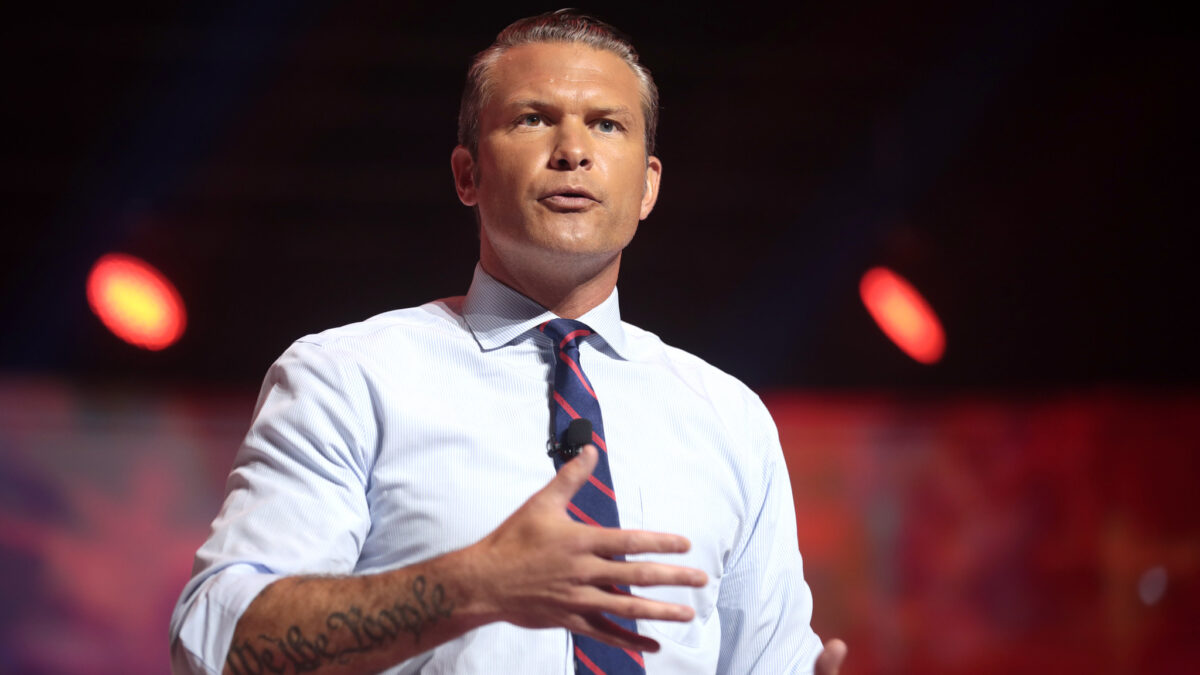
Loudoun County Schools Superintendent Scott Ziegler continues to claim critical race theory isn’t being taught to teachers or students. In support of this claim, Max Sawicky urges everyone to calm down in an op-ed in our local paper, The Loudoun Times-Mirror. Sawicky claims it’s ridiculous to think high school students are being taught critical race theory because it’s “w-a-a-y over the heads” of both high school students and laypersons.
Ziegler and Sawicky are playing with semantics. Much of what is being touted in Loudoun County teacher trainings and trickling down into classrooms are poisonous fruit straight off the critical race theory tree. Unfortunately, Americans are daily gobbling up these divisive beliefs.
What Booker T. Washington noted generations ago still rings true today:
There is a certain class of ‘race-problem solvers’ who don’t want the patient to get well; because as long as the disease holds out, they have not only an easy means of making a living but also an easy medium through which to make themselves prominent before the public.
Loudoun County Public Schools has paid various race problem solvers to find and remedy “systemic racism” in our schools. Systemic racism conveniently presents a problem that cannot be solved, making Washington’s quote both prophetic and wise. While so-called experts rake in a lot of money making themselves prominent, our student body suffers from myriad issues created by the very initiatives these race problem solvers claim they will fix.
Indeed, some white students are experiencing the effects of “equity,” being told, “Check your white privilege,” and “You can’t be in this conversation because you’re white.” This is just one example of how equity treats everyone as mere avatars based on their outward identity without any regard for their individual characteristics.
The whole construct of white privilege constitutes group guilt for our white students. It also harms students of color by labeling them permanent victims while denying them the dignity, agency, and ability to flourish based on their own merit and good character.
Our education leadership denies it, but “equity” is critical race theory dressed up — fruit pleasing to the eye, but lethal to ingest. This new “equity” is not about equality of opportunity, which is foundational to American political culture and economic strength; it’s about equal outcomes, a tenet foundational to Marxist political ideology.
Don’t Be Fooled by the Sweet-Sounding New ‘Equity’
“Equity” means manipulating the system to ensure everyone comes out the same. In the name of “equity,” the Virginia Department of Education is looking to place students of different abilities into the same math courses and they’re exploring the option of doing away with advanced diplomas. Our own school board recently moved to eliminate class rank and the tradition of valedictorian.
With this new dangerous interpretation of “equity,” we crush the alleged oppressors and elevate the allegedly oppressed. The consequence of these policies will be the demise of excellence in education for all of our students, and everyone — including black and Hispanic students — will suffer from the leveling-down of curricula.
Sadly, as we see our leaders and politicians embrace this pernicious new definition of “equity” alongside critical race theory, we watch Dr. Martin Luther King, Jr’s dream die on the vine. King’s dream was for people to be judged by the content of their character, not the color of their skin. He encouraged a color-blind society — a biblical perspective proclaimed throughout scripture but exemplified in Galatians 3:28:
There is neither Jew nor Greek, slave nor free, male nor female, for you are all one in Christ Jesus.
As a Christian, this means that when I look at someone, I’m not supposed to look at them based on their race, ethnicity, gender, or social status. I’m supposed to look at them as a unique, beloved image-bearer of God. Yet during our county’s most recent “equity” training, we were taught claiming colorblindness is a micro-aggression and a form of “white supremacy.”
Our society isn’t suffering from “white fragility,” as critical race theory proponent Robin DiAngelo claims. What we are suffering from is “emotional fragility,” and we are cultivating it in our children in the education system.
Fostering the idea of micro-aggressions encourages our children to seek reasons to be offended rather than to assume good intentions. Yet individuals who ground so much of their reality on their feelings rather than rational thinking are easily hurt and easily manipulated, making “equity” so dangerous to our children.
Engagement and Teaching How To Express Opinions
If children are taught to base their identity on things like race, ethnicity, gender, or sexuality then their identity is going to be tragically delicate — a house of cards which the smallest slight will bring toppling down. Is it more important that they focus on their race or that they are kind, honest, hard-working, compassionate, gracious, forgiving, loving, self-disciplined, and responsible?
If we cultivate in children that their identity is tethered to their character rather than their immutable characteristics, then they will be far more likely to manage ignorant and insensitive slights from others. Until we start instilling in children a strong sense of internal character, instead of blaming problems on an external system, children will continue to live under the tyranny of emotional fragility.
So, what can a concerned teacher or parent do? Engage. Teachers and parents don’t have to cede any ground or give up the souls and minds of our children. Successfully pushing back against the current narratives can be accomplished by teaching proper critical thinking skills.
First, it’s necessary to build rapport with young people. Rather than just presenting one’s own point of view, respectful discourse must be modeled. More time must be spent listening and asking penetrating questions with the objective of forcing young people to think about — and then defend — their position.
The second element to fostering good thinking and discourse is to set expectations for framing speech. Many Gen Z individuals begin statements with “I feel like” and then proceed to insert their opinion. As we live in a culture that idolizes feelings and demands every feeling be validated, this is a danger to good thinking and good civil discourse.
To be sure, it’s important to note our emotions are real and they can provide us with guidance, but there is a time and a place for dealing with emotions. In teaching young people how to engage in good discourse, they don’t have to divorce themselves completely from their emotions, but the emotional response can’t be allowed to be a trump card they throw down to “win” every argument.
Letting your students (or your own kids) get away with expressing their thinking and opinions as feelings conflates emotion with rational thinking. Indeed, when the emotional region of the brain is in conflict with the rational region the emotional one tends to win.
Tell your students and your own kids: No more “I feel like” statements unless they are actually going to speak about their emotions. Instead, set the expectation of using appropriate stems to frame their thinking, having them begin their statements with “I think,” “I would argue,” or “With respect, I disagree.”
Learn How to Think Better
Lastly, and most importantly, people need to learn better ways to think based on established criteria and methods, such as logic and other modes of rational argument. If critical thinking is not in the curriculum, we need to infuse it ourselves.
“The Art of Argument” and “The Discovery of Deduction” are two books by Aaron Larsen and Joelle Hodge I recommend for this, whether in your classroom or with your own kids at home. While these resources are at the middle school level, they can be easily modified for either younger or older kids.
“The Art Of Argument” goes through 28 different logical fallacies. Cover one fallacy a week. If you are a teacher, do it in your class. If you are a parent, do it over the dinner table. Give your kids the opportunity to learn these logical fallacies and look to identify them out in the world.
I also recommend “Mama Bear Apologetics: Empowering your Kids to Challenge Cultural Lies,” edited by Hillary Morgan Ferrer. This is an excellent read aimed at moms, but it’s just as powerful and helpful for dads.
As our young people are presented with all kinds of crazy ideas and views from the world, we need them to have the right skills to construct proper thinking about all the ideas they encounter whether in the classroom, in entertainment, from their peers, from the news, or through social media. So, ladies and gentlemen, in whatever capacity you have to influence young people, the time to engage is now.









